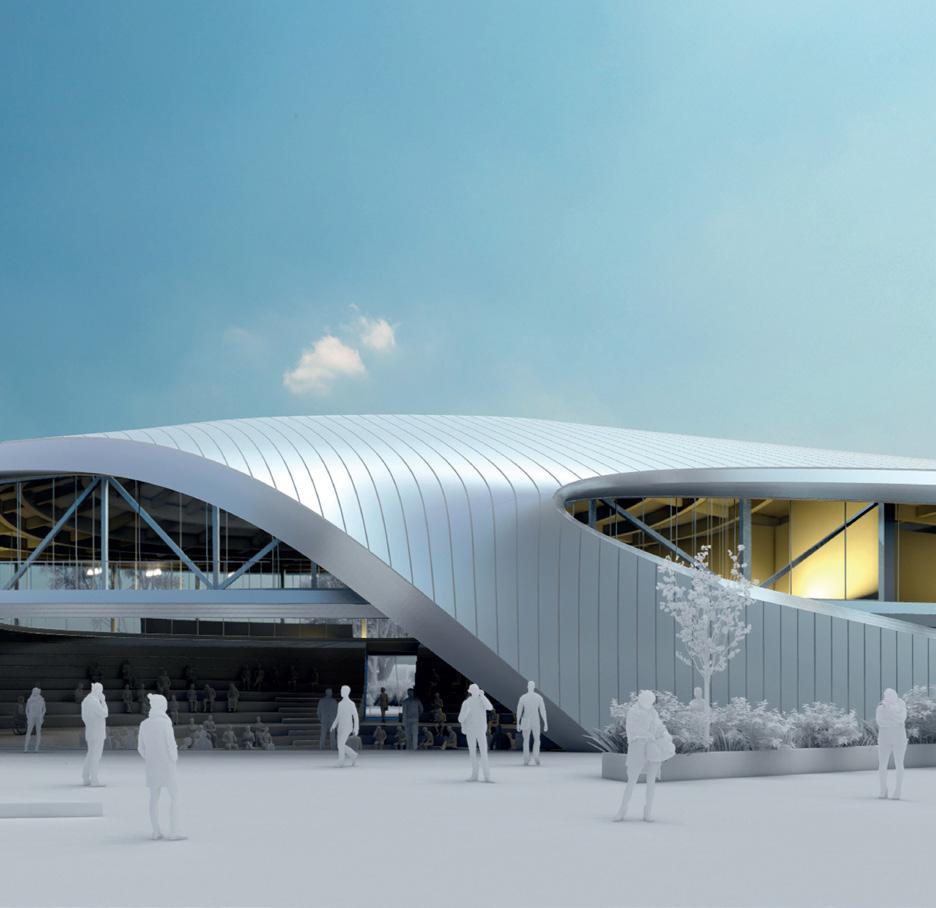
2 minute read
Unit 6 Sustaining Education or Sustainable Education
Isaie Bloch, Igor Pantic
Across many parts of the world, education costs have become one of the most substantial items families’ budget face within their lifetime. Families relate their planning to the cost of education, its duration and location; in the ultimate belief that education brings about change. The growing complexity and sophistication of our civilization presents new challenges both to our educational system and its infrastructure, as well as to its users who often leave university with large financial depths. Our universities cater for the needs of the future; but to keep on doing so they will have to re-envision how to generate sustainable alternative streams of revenue to provide educational acceleration.
Advertisement
In the UK, universities income relies for less then 50% on student tuitions. Governmental funding keeps on plummeting whilst tuition fees are record high, leaving students from the lowest income households to bear the highest levels of depth. The remaining 50% comes from an array of alternative streams of income needed to deliver high level education. Due to this financial stress and the inability of the public sector to aid, little substantial progress has been made in the further development of the educational typology, often resulting in education to occur in un-informed generic structures.
We will aim to prove that architecture can affect the learning process at the deepest level. This ultimate belief will fuel our investigation on educational typologies. Our spatial explorations will account for diversity of human characters, occupancy, hybrid programming and the inherent curiosity human beings possess. Much like the learning process itself we will aim to comprehend, learn, and author the art of construction. More specifically looking into working with materials with close to zero embedded carbon, we will be focussing on engineered timber construction and 3D printed non-fired clay or concrete. Our bottom-up design process will engage with digital design and large-scale digital fabrication in order to apply these learnt principles back into design. Such approach leads to full authorship and gives us total control over the architectural proposition. This opens a great opportunity to contribute to more sustainable futures both politically, environmentally, socially and economically. In order to develop architecture of considered expression we will employ design strategies that synthetize the inner logics of how to deal with material, tectonics and construction processes as to produce comprehensive well crafted architectural propositions.
Students:
Y5: Meet Gehi, Surabh Sanjay Jadhav, Ramisa Mahmud, Sribalaji Murugavel, Patrycja Niechaj, Chetan Patel, Mohammed Patel, Rackel Metrona Afat, Rafaa Abubaker Mohamed Elfatih, Harmandeep Kaur Sanghera, Shreyans Sanjay, Foyez Uddin
Y4: Akanksha Barada, Harsh Desai, Vanessa Mawoneke, Wendpagnande Naomi Nakoulma, Nafisa Tailor, Mihriban Ustun, Agis Valsamis
Unit in general:
Unit 6 argues for an architectural ontology based on sharpening the tension between architecture and its parts. Investigating the production of space trough geometrical studies. Increased computational capabilities are able to push our understanding of architecture as a relationship of objects into an unexpected new domain of previously unachievable spatial complexity, materiality, structure and aesthetics as to create informed and well crafted space.









